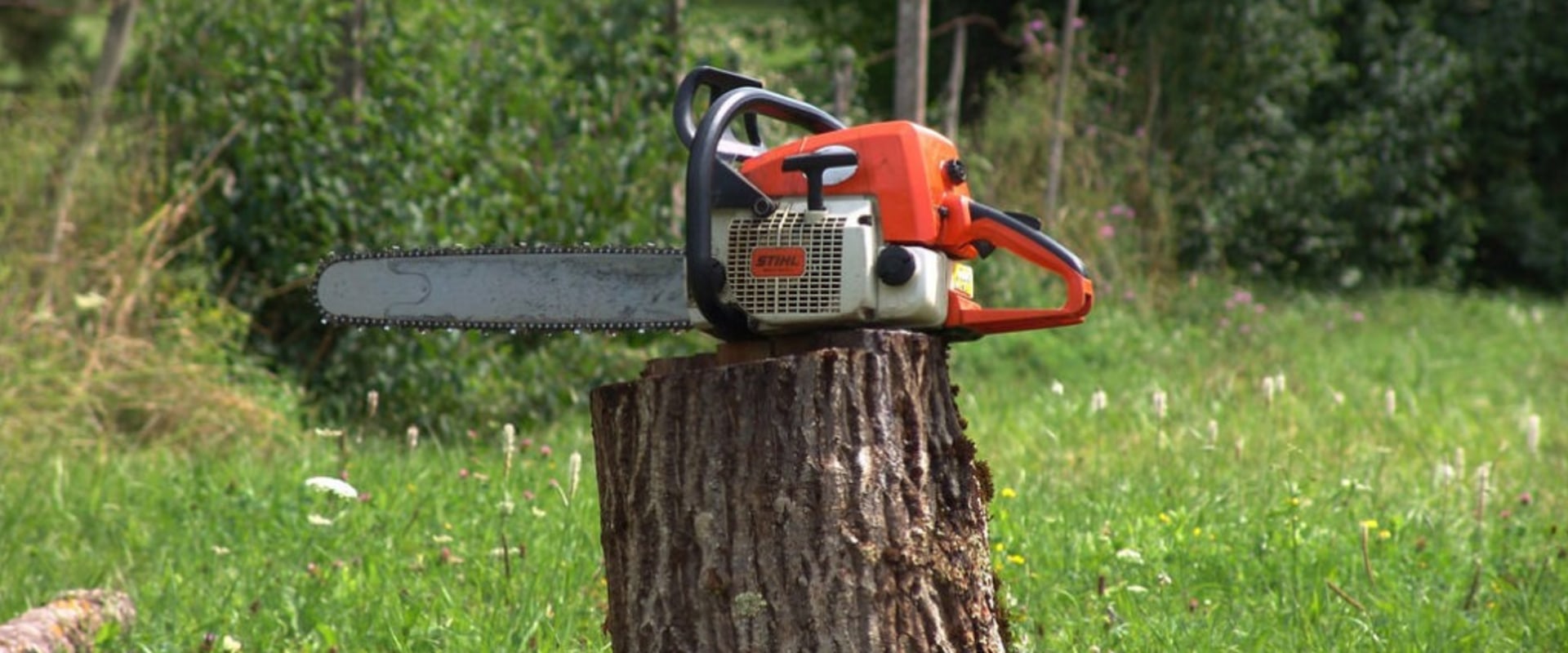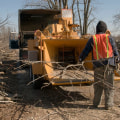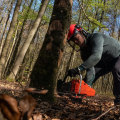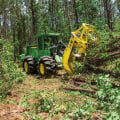Forestry work involves handling heavy machinery and operating in challenging outdoor environments, often with complex terrain and dense vegetation. The potential hazards associated with operating forestry equipment are significant, and without proper safety precautions, accidents can lead to severe injury or even death. Whether you're using chainsaws, skidders, harvesters, or mulchers, following strict safety protocols is essential to prevent accidents and ensure the well-being of both the operator and nearby workers. This guide outlines the key safety precautions for operating forestry equipment to help mitigate risks in the field.
Proper Training and Certification
One of the most important safety measures when operating forestry equipment is ensuring that all operators are properly trained and certified. Forestry machinery is highly specialized, and each piece of equipment has its own operating procedures. It is crucial that operators undergo comprehensive training to understand how to use the equipment effectively and safely.
Certification programs for operating specific machines, such as chainsaws or harvesters, provide workers with the necessary skills to handle the equipment in real-world conditions. These programs cover critical areas such as machine operation, maintenance, and safety features. Moreover, workers should be familiar with the manufacturer's manual for each machine they use. This manual contains detailed information on how to operate the equipment safely, perform routine inspections, and handle potential issues.
Employers are responsible for ensuring that all workers are properly certified before allowing them to operate any forestry equipment. Regular refresher courses should also be offered to keep workers up to date on the latest safety protocols and technological advancements in forestry machinery.
Personal Protective Equipment (PPE)
Wearing the correct personal protective equipment (PPE) is another critical safety measure when operating forestry equipment. The nature of forestry work exposes operators to a range of hazards, including flying debris, noise pollution, and the risk of being struck by falling branches or trees. Ensuring that every worker is equipped with the appropriate PPE can significantly reduce the risk of injury.
Common PPE for forestry workers includes helmets, eye protection, hearing protection, gloves, and steel-toed boots. Helmets help protect against head injuries from falling objects, while safety goggles or face shields guard the eyes from debris. Given the loud noise produced by chainsaws and heavy machinery, hearing protection, such as earplugs or earmuffs, is necessary to prevent long-term hearing damage.
Chainsaw chaps or pants made from cut-resistant materials provide protection for the legs, while sturdy gloves help improve grip and protect the hands from cuts and abrasions. Steel-toed boots offer added foot protection from heavy objects and help maintain stability on uneven terrain.
Routine Equipment Inspections
Before operating any forestry equipment, it is vital to conduct routine inspections to ensure that the machinery is in good working condition. Equipment failures can lead to accidents, and many of these failures are preventable with regular maintenance and thorough inspections. Operators should check critical components such as brakes, hydraulic systems, cutting blades, tires, and electrical systems to ensure that everything is functioning correctly.
Chainsaws, for example, should be inspected for chain tension, sharpness, and lubrication before use. Hydraulically powered machines like skidders and harvesters should have their hydraulic lines checked for leaks or damage. Regularly scheduled maintenance not only prolongs the life of the equipment but also helps identify and fix potential issues before they become hazardous.
Employers should establish a maintenance schedule and assign qualified personnel to oversee inspections. All maintenance and inspection activities should be documented, ensuring accountability and tracking of any necessary repairs.
Safe Worksite Practices
The worksite itself can present unique challenges, and taking precautions on the ground is just as important as operating the equipment properly. First and foremost, workers should be aware of their surroundings and the positions of other crew members. Clear communication between workers is essential, especially when operating machinery that could obstruct vision or hearing.
Before starting any machinery, the area should be cleared of any obstacles or debris that could interfere with the operation. Forestry sites are often uneven, with slopes, rocks, and tree stumps posing risks for accidents. Operators should ensure that the terrain is stable before moving or positioning equipment. Workers on foot should maintain a safe distance from operating machinery at all times, particularly when trees are being felled or heavy loads are being moved.
In addition to keeping the site clear of hazards, operators should have an emergency plan in place in case of an accident or equipment failure. Having first aid kits and trained personnel on-site is a key precautionary measure that can save lives in emergency situations.
Awareness of Wildlife and Environmental Hazards
Forestry workers must also be aware of the environmental hazards present in wooded areas. Wildlife encounters, extreme weather, and changes in terrain can all pose risks. Taking steps to protect both workers and the environment is important. For instance, consulting services like Triad Critter Control can help manage wildlife that could become a hazard on a forestry site. Understanding how to navigate encounters with wildlife safely reduces risks for both the animals and the workers.
Additionally, being prepared for sudden weather changes is critical. Storms or high winds can cause trees to fall or make machinery difficult to operate safely. Operators should always be prepared to stop work and seek shelter if the weather becomes hazardous.
Conclusion
Operating forestry equipment comes with inherent risks, but by adhering to proper safety precautions, the chances of accidents can be significantly reduced. Comprehensive training, routine maintenance, proper use of PPE, and maintaining situational awareness are key aspects of safe forestry work. Employers and workers alike should prioritize safety to protect both individuals and the environment. By following these guidelines, forestry operations can be carried out efficiently and safely, ensuring a productive and secure work environment.







